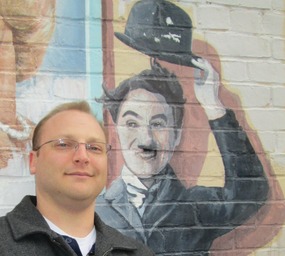Three Plays in August: The Bear and the Cub, Historical Availability, and Imagining HIstory
Matt DiCintio
Abstract
The Bear and the Cub is among the most famous footnotes in the history of American theatre. The play and performance exist only in three references in Virginia court records of 1665 and 1666, which state that three men – William Darby, Philip Howard, and Cornelius Watkinson – are summoned to court to perform the play about which one Edward Martin has accused them. They are found not guilty, and Martin is ordered to pay the court costs. The event is mentioned in many theatre and colonial histories, but it is often deemed too poorly documented to allow for a full investigation, as no text, synopsis, or accounts of the performance remain. While firmly situating the event among the social, political, and economic factors that would have influenced its development, I agree with Odai Johnson that we can treat history as “the narrative apparatus that forms the container of memory.” I suggest that suppositions, inferences, and fictionalized accounts, while confessing their limitations, can answer Thomas Postlewait’s call for “more expansive cultural histories that attempt to present conjectures and speculations on unresolved, often insurmountable problems.” I suggest imagining history is a solution to empty archives.
The Bear and the Cub is among the most famous footnotes in the history of American theatre. The play and performance exist only in three references in Virginia court records of 1665 and 1666, which state that three men – William Darby, Philip Howard, and Cornelius Watkinson – are summoned to court to perform the play about which one Edward Martin has accused them. They are found not guilty, and Martin is ordered to pay the court costs. The event is mentioned in many theatre and colonial histories, but it is often deemed too poorly documented to allow for a full investigation, as no text, synopsis, or accounts of the performance remain. While firmly situating the event among the social, political, and economic factors that would have influenced its development, I agree with Odai Johnson that we can treat history as “the narrative apparatus that forms the container of memory.” I suggest that suppositions, inferences, and fictionalized accounts, while confessing their limitations, can answer Thomas Postlewait’s call for “more expansive cultural histories that attempt to present conjectures and speculations on unresolved, often insurmountable problems.” I suggest imagining history is a solution to empty archives.
| etudessept2015dicintio.pdf | |
| File Size: | 1095 kb |
| File Type: | |


